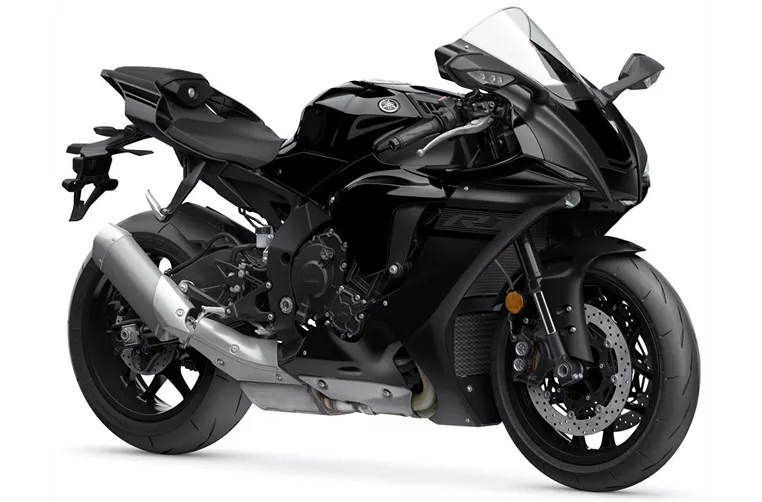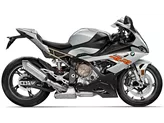BMW S 1000 RR 2017 vs. Yamaha R1 2020

BMW S 1000 RR 2017
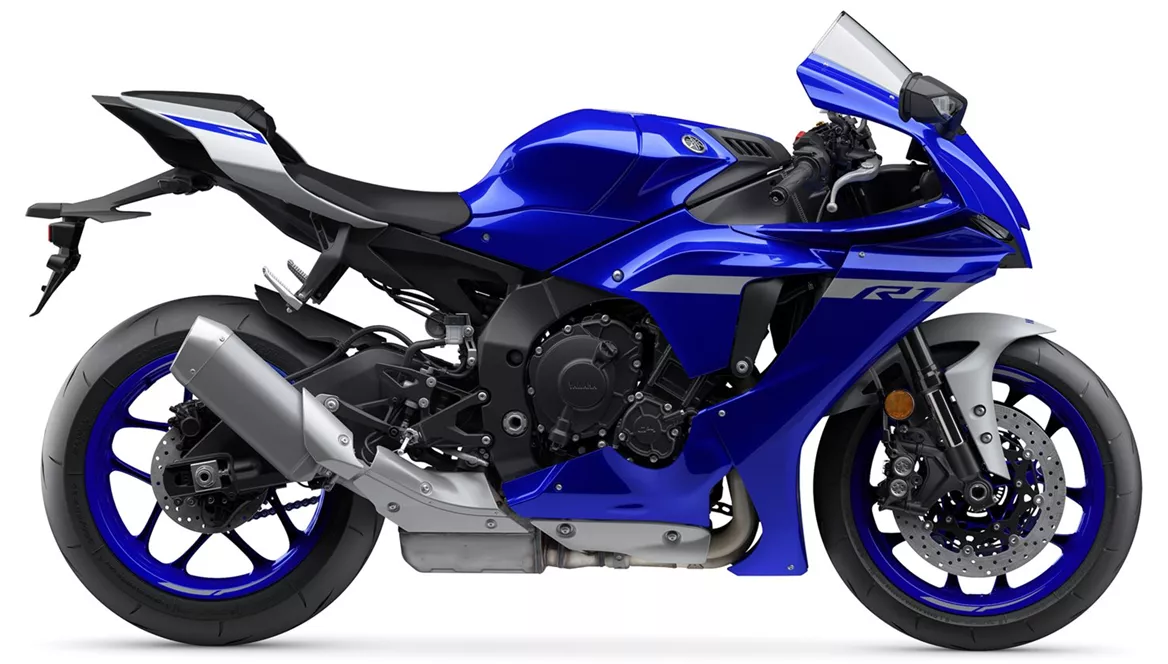
Yamaha R1 2020
Overview - BMW S 1000 RR 2017 vs Yamaha R1 2020
When comparing the BMW S 1000 RR model year 2017 and the Yamaha R1 model year 2020, several factors come into play. Starting with the technical specifications, both bikes have similar engine configurations. They are equipped with a 4-cylinder engine with a displacement of around 1000ccm. The BMW S 1000 RR has a bore of 80mm and a stroke of 49.7mm, while the Yamaha R1 has a slightly smaller bore of 79mm and a stroke of 50.9mm. In terms of power, the BMW S 1000 RR offers 199 HP, while the Yamaha R1 provides 200 HP. Both bikes have a compression ratio of 13 and four valves per cylinder.
Moving on to the suspension and chassis, both bikes feature upside-down telescopic forks in the front. The BMW S 1000 RR has a twin tube aluminum frame, while the Yamaha R1 has a Deltabox aluminum frame. Both bikes have double disc brakes in the front, but the BMW S 1000 RR has a slight advantage with its larger wheelbase of 1438mm compared to the Yamaha R1's 1405mm. The seat height of the BMW S 1000 RR is 815mm, whereas the Yamaha R1 has a higher seat height of 855mm. In terms of weight, the BMW S 1000 RR weighs 208kg, while the Yamaha R1 is slightly lighter at 199kg. Both bikes have a fuel tank capacity of around 17 liters.

BMW S 1000 RR 2017
Now let's discuss the strengths of each bike. The BMW S 1000 RR 2017 is known for its complete electronic equipment, which can be requested as an option. It offers a strong and powerful engine that is easy to control. The seating position is comfortable, even for taller riders. The chassis of the BMW S 1000 RR performs well both on the road and at track days.
On the other hand, the Yamaha R1 2020 has a powerful engine with clean response and a great sound that is not intrusive. It has a stable chassis and high-quality electronics. The overall impression of the Yamaha R1 is wonderfully noble.
However, both bikes have their weaknesses. The BMW S 1000 RR 2017 experiences brake fade on the racetrack under high load. While the ride quality is sufficient for track days, it may not be good enough for racing. Additionally, some riders find the appearance of the BMW S 1000 RR to be somewhat dull, despite its up-to-date technology.
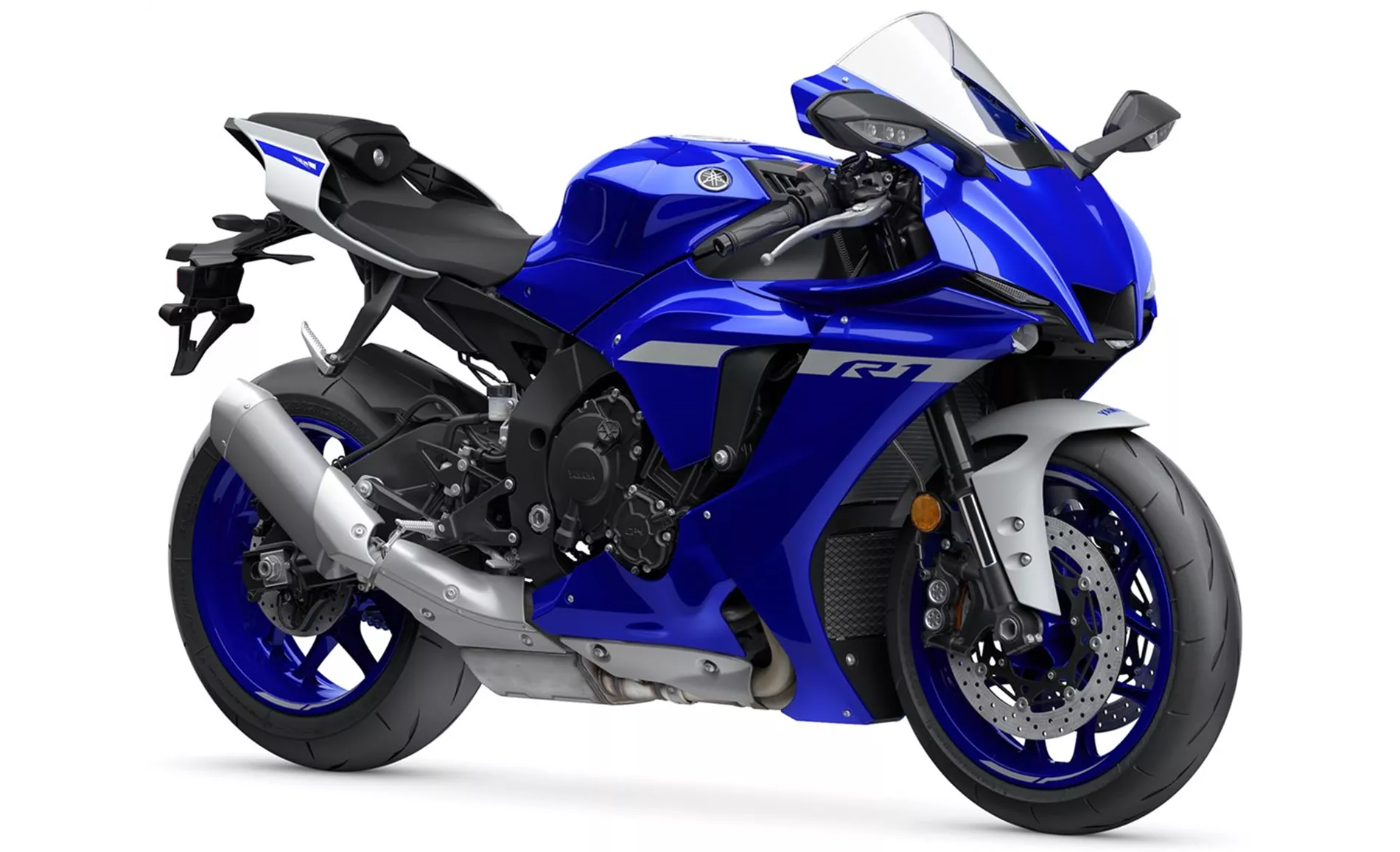
Yamaha R1 2020
Similarly, the Yamaha R1 2020 also has a weakness in its brakes, which are not 100 per cent satisfactory on the racetrack.
In conclusion, both the BMW S 1000 RR 2017 and the Yamaha R1 2020 have their own strengths and weaknesses. The BMW S 1000 RR offers a comfortable riding position, strong engine, and good chassis, while the Yamaha R1 provides a powerful engine, stable chassis, and high-quality electronics. Ultimately, the choice between the two will depend on the rider's preferences and priorities.
Technical Specifications BMW S 1000 RR 2017 compared to Yamaha R1 2020
Pros and Cons in comparison
Pros and Cons in comparison
BMW S 1000 RR 2017

The well-balanced universal talent will also be at the forefront of many comparison tests in 2017. It still scores with the outstanding engine and the universal and complete equipment.
Yamaha R1 2020
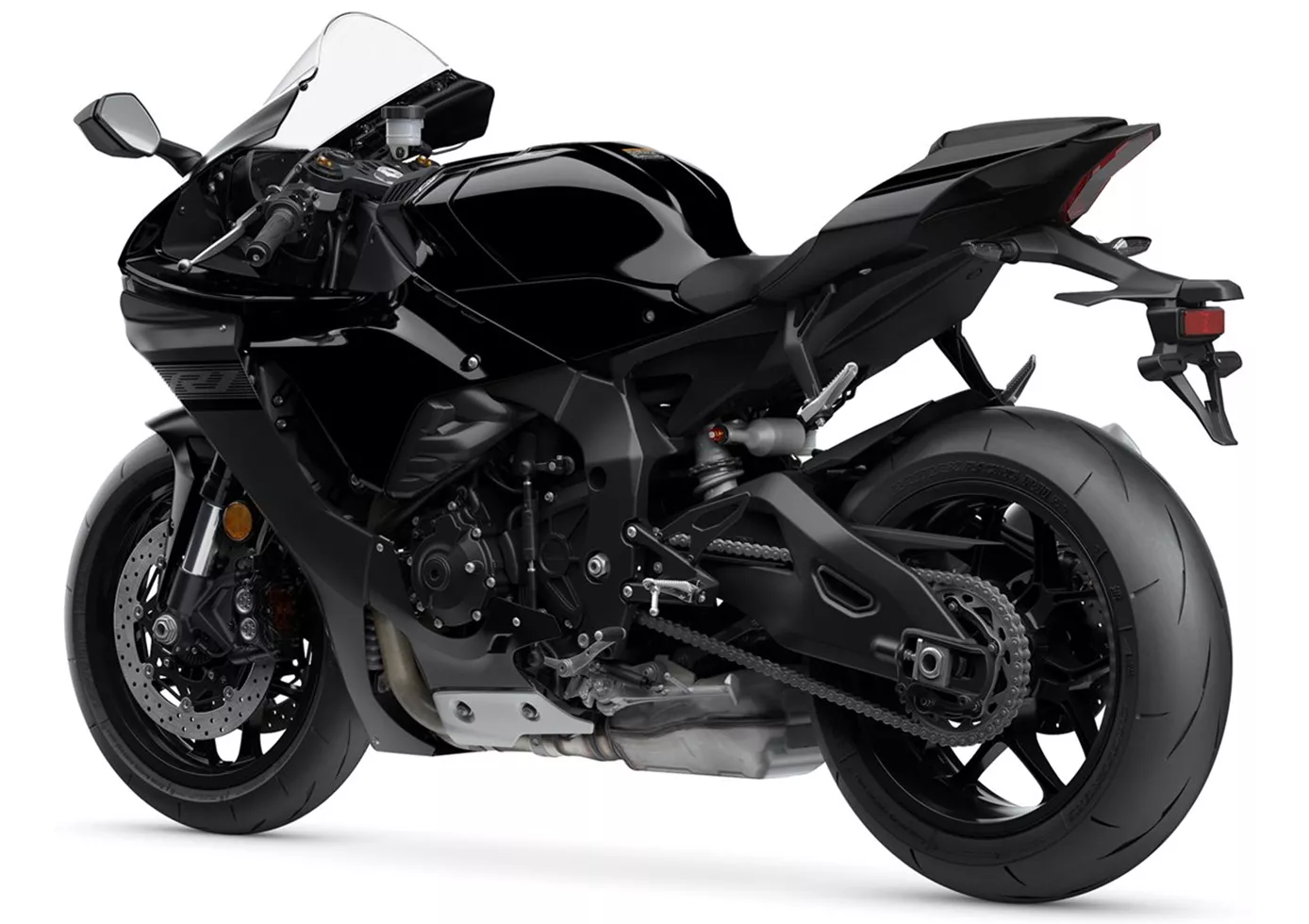
The Yamaha YZF-R1 is mature and makes countless racetrack pilots happy. The engine shines with lightness and agility, the seating position surprises positively and the handling is radical but still "suitable for the masses". The machine immediately stands out visually and also because of the heart-warming sound. Especially on the country road, the bike scores with its well-known strengths: great engine, great electronics, great package! A real pleasure to ride!
Price Comparison Avarage Market Price BMW S 1000 RR vs Yamaha R1
There are a few key differences between a BMW S 1000 RR 2017 and a Yamaha R1 2020. In terms of price, the actual average price of a Yamaha R1 2020 is about 21% higher. There are the same number of bikes of both models available on the 1000PS.de marketplace, specifically 9. It takes less time to sell a Yamaha R1 with 86 days compared to 96 days for the BMW S 1000 RR. Since model year 2010 1000PS.de editors have written 135 reviews for the BMW S 1000 RR and 80 reviews for the Yamaha R1 since model year 2005. The first review for the BMW S 1000 RR was published on 4/16/2008 and now has more than 4,000 views. This compares to more than 3,900 views for the first review on Yamaha R1 published on 4/28/2003.

